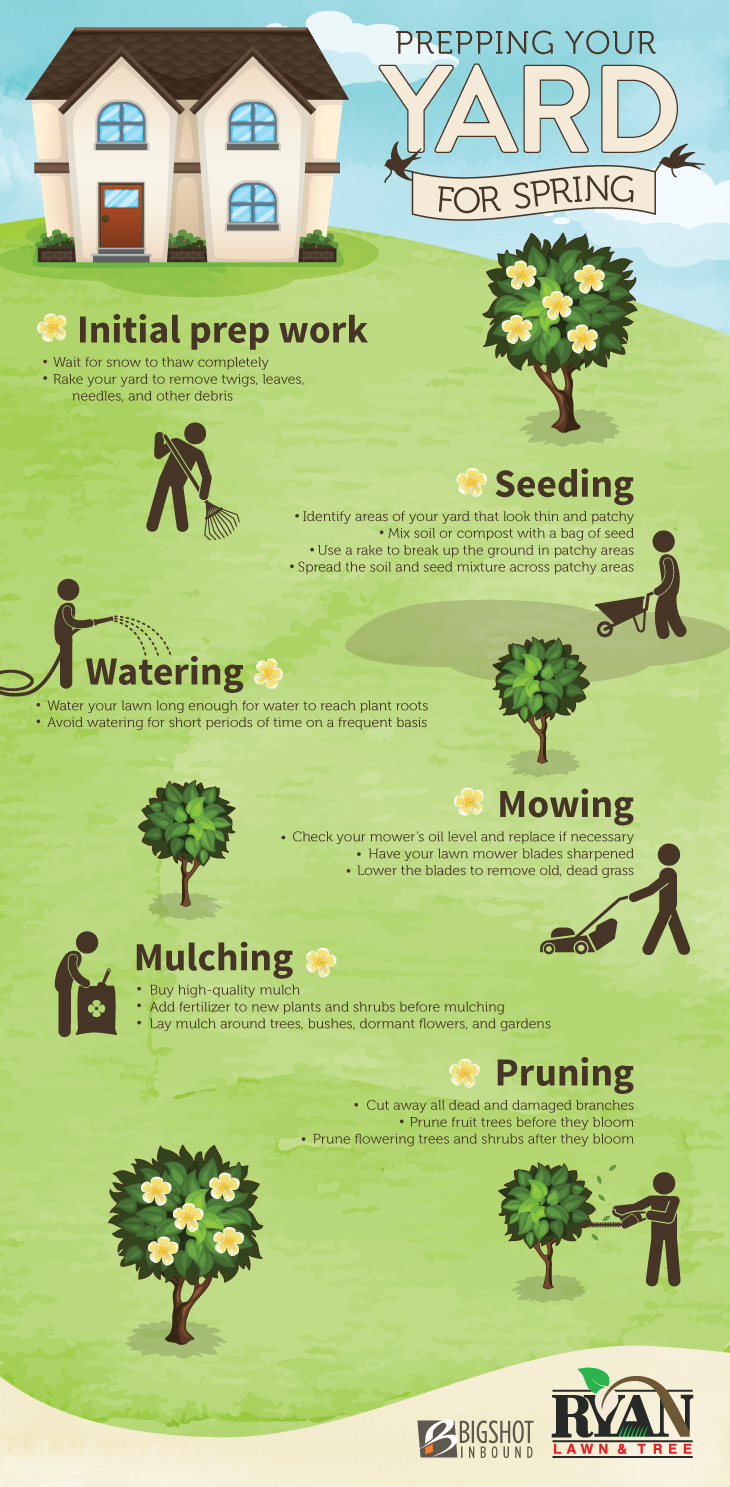After a tree's removal, your landscape may look quite different, and it's vital to examine the aftermath thoroughly. You'll wish to assess the dirt disturbance and examine surrounding plants for any kind of indicators of anxiety. Disregarding these elements can bring about bigger issues down the line. So, what should you perform with those stumps and roots? And just how do Tree Removal Foundation Damage select the most effective plants for your rejuvenated space? Let's explore these vital steps.
Evaluating the Aftermath: Reviewing Your Landscape
After a tree elimination, it's vital to evaluate your landscape to comprehend the impact it carries your lawn.
Begin by taking a look at the area where the tree stood. Search for signs of dirt disturbance, and check the bordering plants for any type of stress and anxiety or damage.
You need to also keep in mind of exactly how the elimination has altered sunshine exposure and air movement in your yard. This change can influence the growth of nearby plants, so it's essential to assess their health.
Think about the visual aspects too; the removal might produce an open space that you can redesign.
Lastly, think about any kind of prospective disintegration problems that could occur from the tree's absence. Resolving these aspects early will assist bring back balance to your landscape.
Handling Stumps and Roots: Alternatives for Removal
Once you've assessed the aftermath of the tree elimination, you'll likely require to deal with the stump and origins left behind.
You have a few alternatives for elimination. One reliable technique is stump grinding, where a professional makes use of an equipment to grind the stump to underground level. This method leaves very little disruption to your landscape.
If you prefer a DIY technique, you can make use of a combination of excavating and chemical stump cleaners. Just remember, this procedure can take some time and effort.
Alternatively, think about leaving the stump as a natural feature, which can work as a distinct garden element or environment for wild animals.
Whatever you choose, dealing with the stump and roots is necessary for restoring your landscape.
Selecting the Right Plants for Your New Space
As you examine your recently removed space, selecting the right plants can dramatically improve your landscape's beauty and performance.
Beginning by taking into consideration the sunshine and soil problems. For bright locations, choose drought-resistant plants like lavender or succulents. In shaded spots, ferns and hostas thrive well.
Think of the dimension and growth routines of your plants; mix perennials and annuals for seasonal variety. Do not forget to integrate native species; they need much less maintenance and assistance regional wildlife.
Team plants in odd numbers for an extra all-natural look and produce layers for aesthetic depth.
Ultimately, guarantee you have a mix of shades and appearances to keep your landscape dynamic throughout the seasons.
Delighted please click the following page !
Verdict
Finally, recovering your landscape after tree removal is a satisfying process. By analyzing the after-effects, addressing stumps and roots, and selecting the right plants, you'll create a thriving environment. Don't fail to remember to integrate disintegration control actions to safeguard your dirt. With a little initiative and care, you can transform your room into a vivid garden that boosts your property. Embrace the chance to invigorate your landscape and appreciate the elegance of nature right in your yard!
